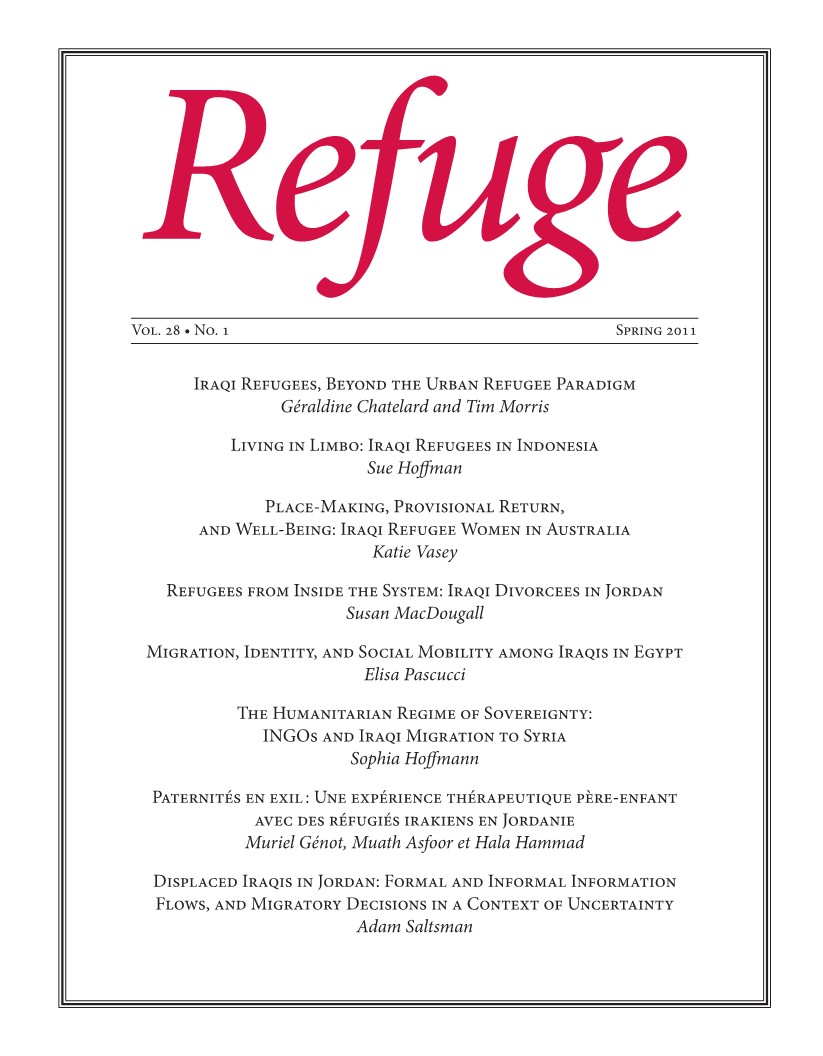There’s No Place Like a Refugee Camp? Urban Planning and Participation in the Camp Context
DOI:
https://doi.org/10.25071/1920-7336.36097Keywords:
refugee camps, urban planning, participatory planning, built environments, spatial governance, citizenship, empowermentAbstract
The past half-century of urban studies has demonstrated that the design of human settlements is a potent tool of governance. Active involvement in place shaping has also been shown to be a key empowerment mechanism for citizens and a strong means of creating cohesion in communities. Internally displaced persons (IDPs) and refugee camps are a unique form of human habitation, temporary spaces created “between war and city.” Drawing from urban planning theory, camp management tools, and migrant narratives, this paper will explore the dynamics of the spatial relationship between camp residents and the international governance bodies who manage them. As we will demonstrate, this approach offers important insights into how the relationships between camp residents and aid agencies are negotiated, and the implications for governance in societies camp inhabitants later (re)settle in.
Metrics
Downloads
Published
How to Cite
Issue
Section
License
Copyright (c) 2012 Anne Stevenson, Rebecca Sutton

This work is licensed under a Creative Commons Attribution-NonCommercial 4.0 International License.
Refuge authors retain the copyright over their work, and license it to the general public under the Creative Commons Attribution-Non Commercial License International (CC BY-NC 4.0). This license allows for non-commercial use, reproduction and adaption of the material in any medium or format, with proper attribution. For general information on Creative Commons licences, visit the Creative Commons site. For the CC BY-NC 4.0 license, review the human readable summary.







